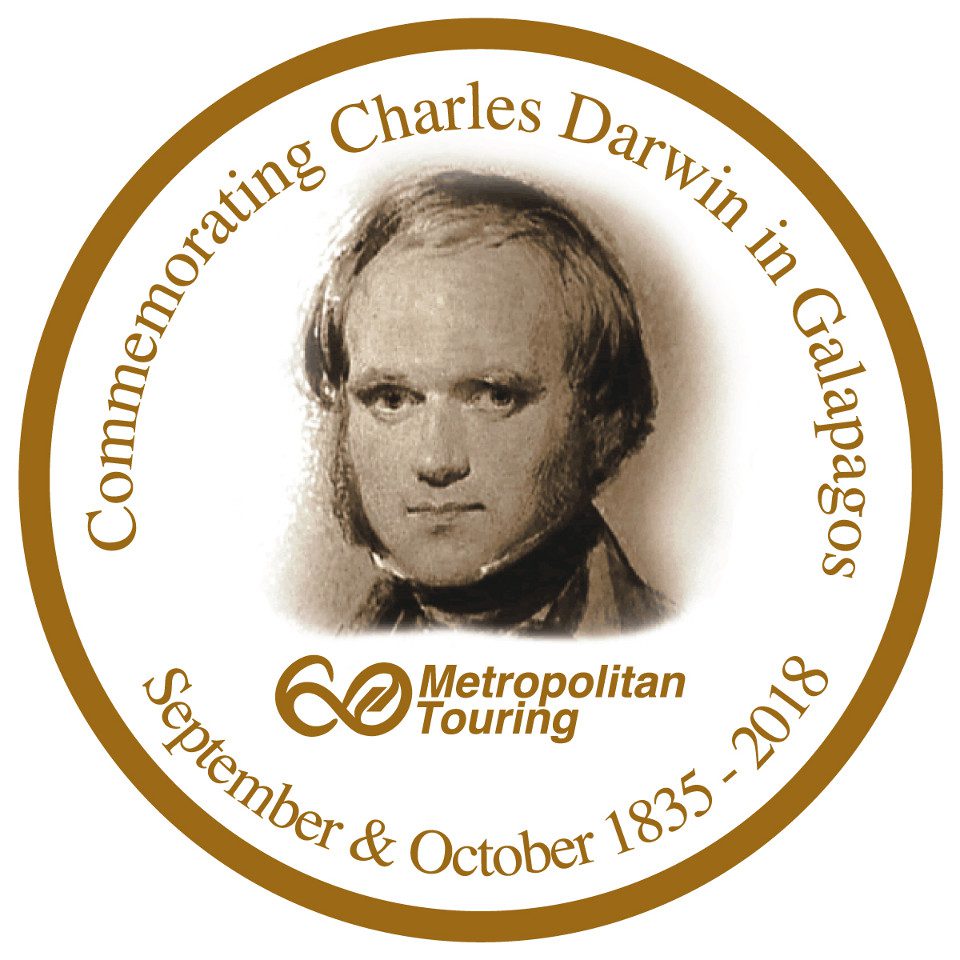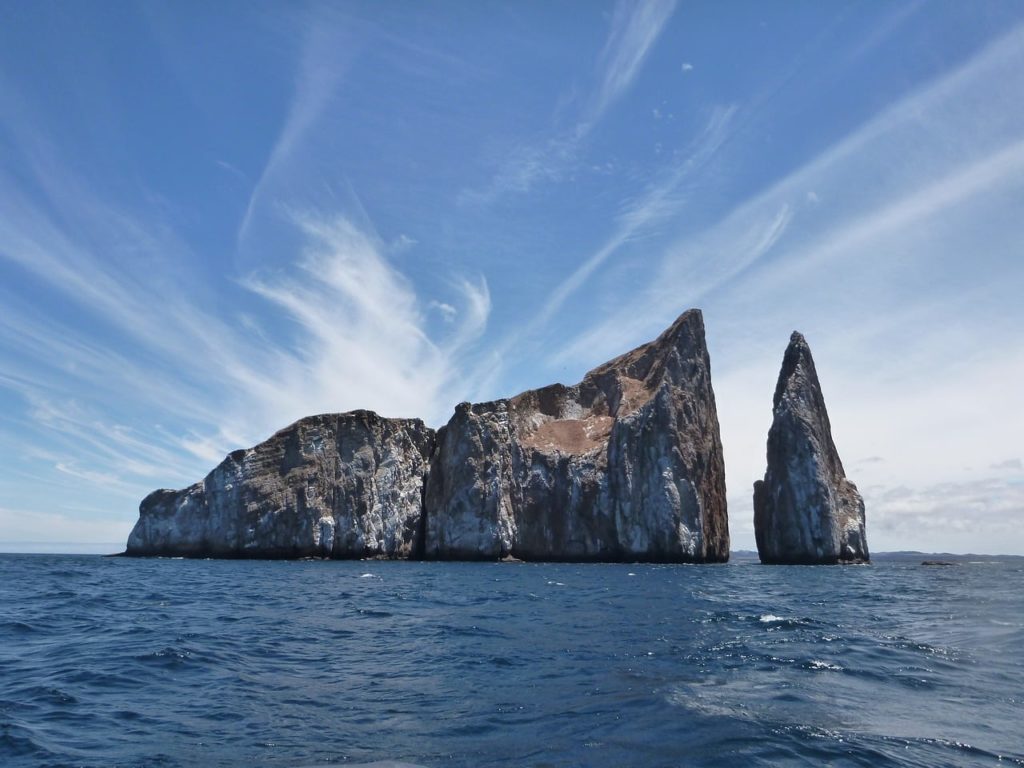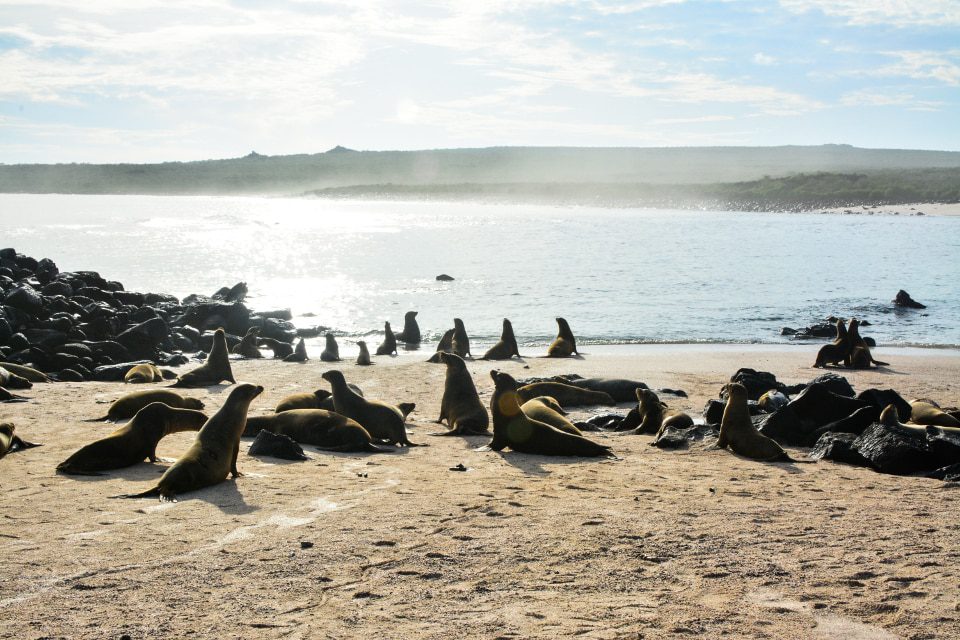
Throughout today’s travel scene, there are several types of explorers: adventure seekers, nature admirers, spiritual nomads, urban tourists, and the list goes on and on. But back in England in 1831, a wholly different kind of explorer was getting ready to travel. Picture a young man, who at the ripe old age of 22 embarked on a maritime journey that was to last a little over 3 years. His name: Charles Robert Darwin. His idea of travel: totally different from what we think of today as tourism. For him, this was about to become a trip of endurance.
Exploring the Legacy of Charles Darwin’s Journey to the Galapagos
Charles Darwin had no experience in sailing, let alone had ever made a trip around the world. Nevertheless, he was contacted by respected men in the British scientific society who proposed the idea of joining Captain Robert Fitzroy aboard the HMS Beagle as part of his crew. Due to his non-scientific background, Darwin couldn’t be hired as the official naturalist, but he was offered an unpaid position as the Captain’s companion/supporter (thanks in large part to Darwin’s personal interest in natural history, taxidermy, and geology). His social upbringing as part of the upper-class was key in establishing daily rapport with the Captain and, in no time, Darwin became the perfect fit for the voyage.
For Darwin, nothing was more motivating and engaging than a journey around the world to unknown lands! However, Captain Fitzroy’s plans and goals were a bit different from what Mr. Darwin originally had in mind. In the end, this created some friction and even personal confrontations between the two, but their relationship always managed to default back to the cordial level.
TALK TO A DESTINATION EXPERT

Diego Zapata

Rosa Mena

Sandy Lara

Diego Zapata

Rosa Mena

Sandy Lara
While sailing, Fitzroy approached Darwin to inform him that the voyage would need to last a little longer than planned. The journey had now been extended to five years in total, and this did not make Darwin happy. It was a particular disappointment for Darwin because the open oceans were not his best friend. He simply couldn’t cope with seasickness and was regularly affected by it. The good news, however, was that the voyage extension included spending more time at certain remote locations, where more scientific studies and observations could be made. The voyage officially ended in 1836, almost 3 years later than expected. After this trip, Darwin never embarked on a sea journey ever again. In fact, he never even left England.
One of the stops while sailing on the Beagle was the Galapagos Islands. When the vessel left Callao Port in Peru, the young explorer was extremely excited about seeing islands that had only been described by whalers, privateers, and edgy pirates. All of these descriptions never managed to fully portray and embellish the many scenic wonders of the enchanted isles, but they always did manage to mention the bizarre wildlife that they were the exclusive home to.

On September 15th, Captain Fitzroy authorized a landing at one of the white-coralline beaches over at Stephen’s Bay. The outcropping Kicker Rock (León Dormido) adorned the seascape as the volcanic features stood in stark contrast to the azure waters.Not far from this same spot is the visitor site known as Cerro Brujo – a place where modern explorers can follow in Darwin’s footsteps. Another location where Darwin landed was Floreana Island, where he met with the Governor of Galapagos and, together, they spoke about the natural history of giant tortoises. Their conversation focused on how different the shells of these creatures were (a fact that Darwin would touch on much later when his masterpiece On the Origin of Species was published).
As the trip continued, the Western Islands needed much surveying due to international interests in whaling and just how little was known about this remote region of the archipelago. Consequently, Isabela Island was explored as part of a land excursion that included Darwin, some Officers, and Captain Fitzroy. For Darwin, this younger side of the Galapagos revealed just how different the numerous islands could be within the same archipelago. Today’s visits continue to show off this magical characteristic. Contrary to what most people think of Darwin in Galapagos, he didn’t actually visit all of the islands or spend much time there. In fact, his total time ashore was just about 2 weeks compared to the total time that the HMS Beagle sailed throughout the Galapagos (5 weeks).
On his last visit, Captain Fitzroy allowed Darwin to stay on James Island for a total of four nights. This particular excursion included overnight adventures. Days later, the land crew was picked up at a different spot on the island. Fitzroy couldn’t believe just how much collecting Darwin had done. His first concern was with respect to how little space there was available on board, but Darwin easily extinguished this worry by meticulously reorganizing and making space on the ship. The whole series of excursions and adventures came to an end when, on October 20th, the HMS Beagle sailed off to Tahiti. During this leg of the trip, numerous doldrums were encountered, allowing Darwin to gradually piece together some rather remarkable thoughts and ideas.
In the mind of this young man, a new and modern way to describe life and its appearance on Earth was gradually evolving. His views would eventually change the way we now see life and its entangling complexities, and nothing could have influenced his ideas better than those 5 weeks spent in the Galapagos Islands.

182 years later, the islands are ready to deliver, just like they did for Charles Darwin back in 1835. So which island exploration itinerary would you choose today? The islands in Galapagos that were visited by Charles Darwin include San Cristóbal, Floreana, Isabela and Santiago (James). Find the most suitable itinerary that lets you track Darwin’s route while he sailed aboard the HMS Beagle. Highly recommended is Yacht La Pinta’s Eastern Islands itinerary as well as Yacht Isabela II’s Southern Islands itinerary. Educational and insightful lectures on behalf of our Expedition Leaders will help to complement your wonderful experience throughout the archipelago, all while bringing the aforementioned piece of history into context during your one-of-a-kind, holiday experience.
If you’re interested in learning even more about the Galapagos and what they offer, then be sure to have a look at our Galapagos Information page!
Text & Photography by Francisco “Pancho” Dousdebés – Galapagos Expert
Maps & Other Graphic Content: www.aboutdarwin.com
Fernandina Island, August 17th, 2017 :: Lat &Long: 0°26’ S / 91°43’ W

Javier Garcia

Eduardo Silva

Carolina Escobar
START PLANNING YOUR TRIP

Javier Garcia

Eduardo Silva

Carolina Escobar
Get in touch for more
CONTACT US


